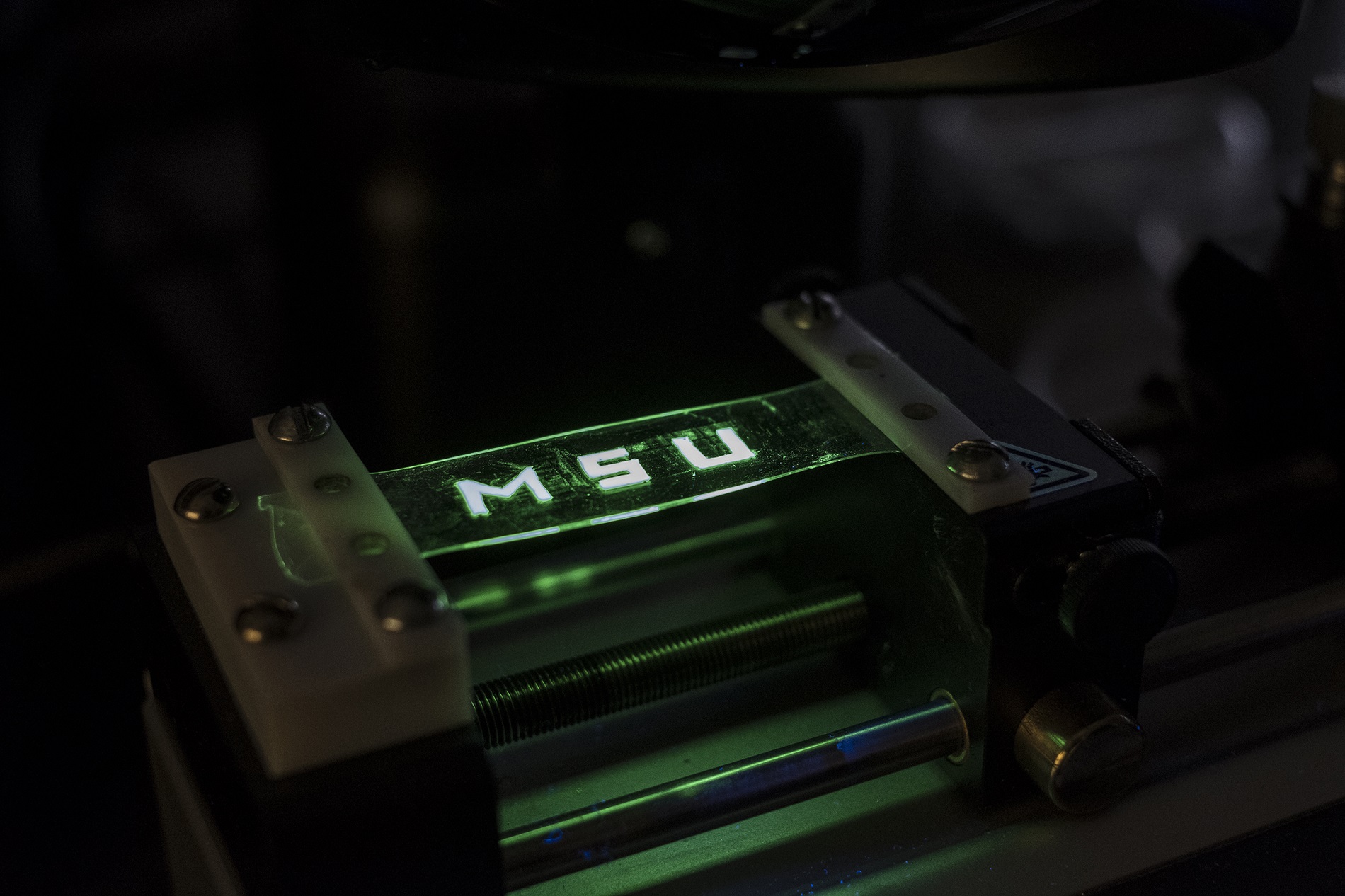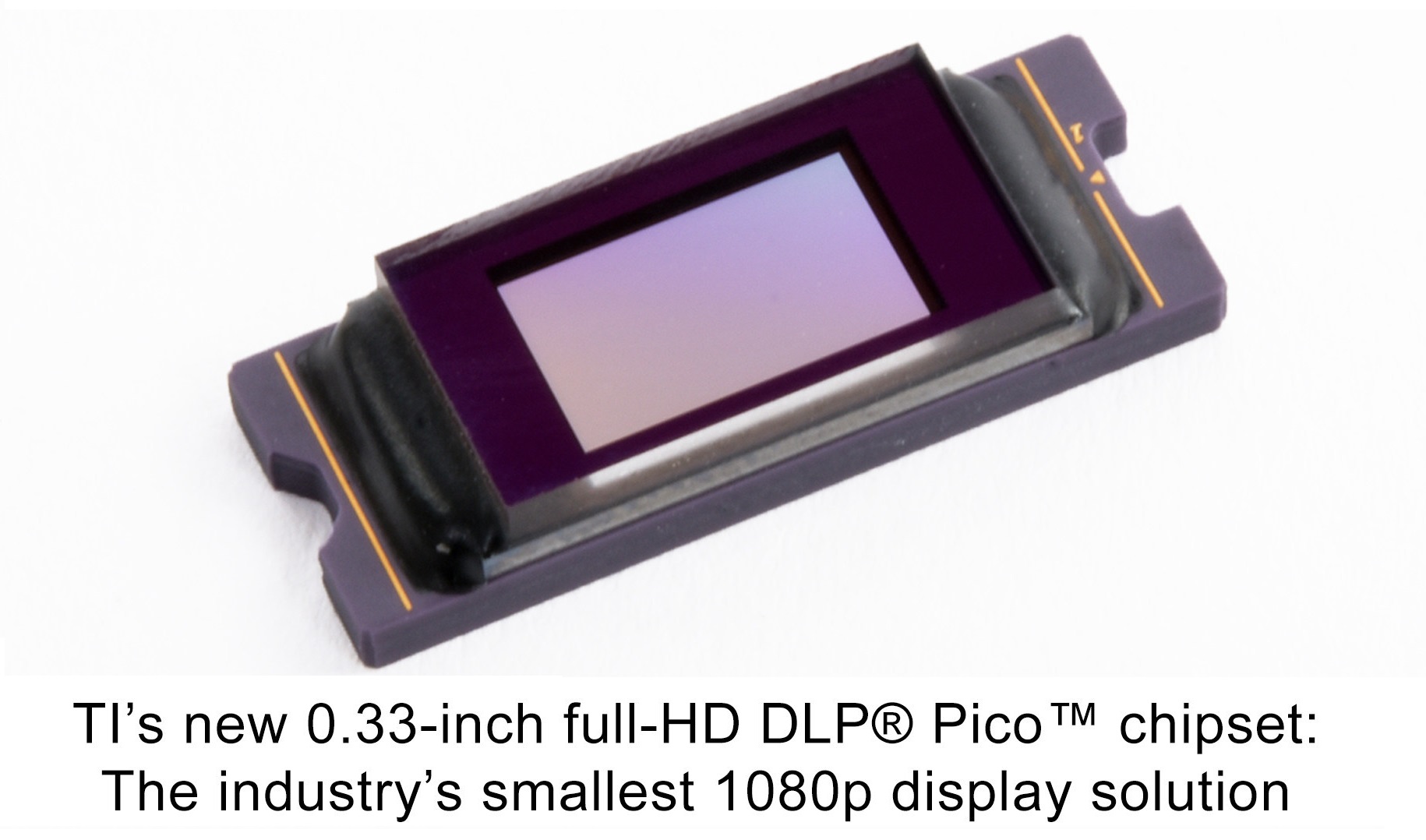May 09, 2014
Domestic researchers have developed a new technology which can increase the stability of amorphous metal-oxide semiconductors, a famous type of transparent semiconductor switching (transistor) device. Combined with the high efficiency transparent OLED technology previously developed by the research team, it promises to contribute to the development of a new generation of highly efficient and stable transparent displays.
Amorphous metal-oxide semiconductors: Although they have an amorphous structure of randomly arranged atoms, they have been attracting attention as a material for use in next generation display switching devices due to their high visible light transmittance and higher electron mobility than current amorphous silicon semiconductors.
This research, jointly conducted by Professor Byung-Kwon Ju’s research team from the Department of Electrical Engineering of KU and Professor Kyung-Chul Choi’s research team from the Department of Electrical and Electronic Engineering of KAIST, was sponsored by the Science Research Center and promoted by the Ministry of Science, ICT, and Future Planning and the National Research Foundation of Korea. This research was published in an international journal in the field of high tech materials, Advanced Functional Materials online edition, on March 17 (title: Photo-Insensitive Amorphous Oxide Thin-Film Transistor Integrated with a Plasmonic Filter for Transparent Electronics).
Amorphous metal-oxide semiconductors have been drawing attention as likely core constituents of a next generation of display devices due to their high electron mobility and compatibility with the conventional manufacturing process. However, until now their application has been limited by their vulnerability to light and electrical stress.
External light causes the highly problematic generation of free electrons within the semiconductor. Conventional oxygen plasma processes lacked the stability to overcome the problem, and the metal film’s useful application was limited by transmittance loss.
Light shielding metal film to protect a semiconductor. The fine black spot seen on the display panel pixels is the barrier film.
The research team improved operational stability through increasing light-voltage reliability by preventing the characteristic changes of the device. Using the surface plasmon*-applied display color filter developed by the research team in March 2013, wavelengths of 470mm or less, which negatively influenced the semiconductor device, were blocked but other wavelength bands were transmitted.
Surface Plasmon: The resonance of electrons at the surface of metal nanoparticles in response to a particular light source. It affects the movement of light within a certain distance.
Negative Bias Illumination stress Stability (NBIS): An indicator representing the stability of a device when subjected to bias and light simultaneously. If the NBIS is low, the implementation of a transparent display is difficult.
Although the device showed stress after an extended time under a white light and a 10V environment, the threshold voltage decreased by only 1/3 of that when using no filter. Moreover, when the light was blocked, it recovered to the previous state, thus demonstrating high stability.
![]()
Characteristics of a device with a plasmonic filter. Optical micrographs of actual devices with plasmonic filters of different wavelengths. Since the wavelength band of transmitted light changes according to the wavelength blocked, different colors are shown.
The advantages of amorphous metal-oxide semiconductors compared to the currently employed amorphous silicon (a-Si) semiconductors are their transparency and higher mobility. This research is expected to lead to the development of transparent displays which are more stable in operation both indoors and outdoors. The research team stated that, since the metal-oxide semiconductors can be produced relatively easily, commercialization of the technology would not be difficult.
The research was a collaboration between KU and KAIST. This technology, combined with high efficiency color filters for displays and the transparent OLED technology developed previously by the research team, can bring about the realization of a next generation of transparent displays in the near future; and it would be possible to watch TV on an ordinary window.














